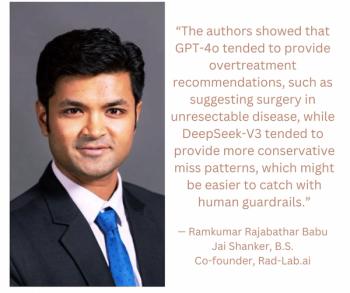
6 Steps to Better Imaging for Transgender Patients
Radiologists can play an active role in improving the healthcare experience for transgender patients, most of whom have had a negative imaging encounter.
Across the United States, 1.4 million individuals identify as being transgender. Although that accounts for only 0.6 percent of adults, these individuals frequently need imaging services, particularly if they opt to pursue gender affirmation surgery, referred to as transitioning.
Unfortunately, recently published
Take a quick look at their recommendations:
For more coverage based on industry expert insights and research, subscribe to the Diagnostic Imaging e-newsletter here .
Newsletter
Stay at the forefront of radiology with the Diagnostic Imaging newsletter, delivering the latest news, clinical insights, and imaging advancements for today’s radiologists.




























